Every bird on the planet lays eggs and they are a wide array of sizes, colors, shapes, and textures. How a bird makes an egg inside its body is fascinating and we are going to explore that process in this article. I am also going to sprinkle in some amazing bird egg facts along the way.
Birds make eggs within their uteri where papillae secrete mineral calcium which forms the shell. The inner parts of the egg, including the yolk and membranes, are formed in other parts of the bird’s reproductive system. Each egg begins its life as an ovum in the left ovary of the bird.
Read on to discover so much more about how birds make eggs. You will learn why birds lay eggs in the first place, how eggs get their color, and many more incredible facts. Let’s get started…
As an Amazon Associate, I earn from qualifying purchases. Birdwatch World earns commissions from Amazon and similar affiliate programs from any purchases made via links in this article.

How Birds Make Eggs
There are two forms that a bird egg takes: the ovum and the egg. In the following paragraphs, I will refer to the unshelled egg as an ovum and the shelled or completed egg as an egg.
The image below shows the journey of the egg down the oviduct and each stage of development:
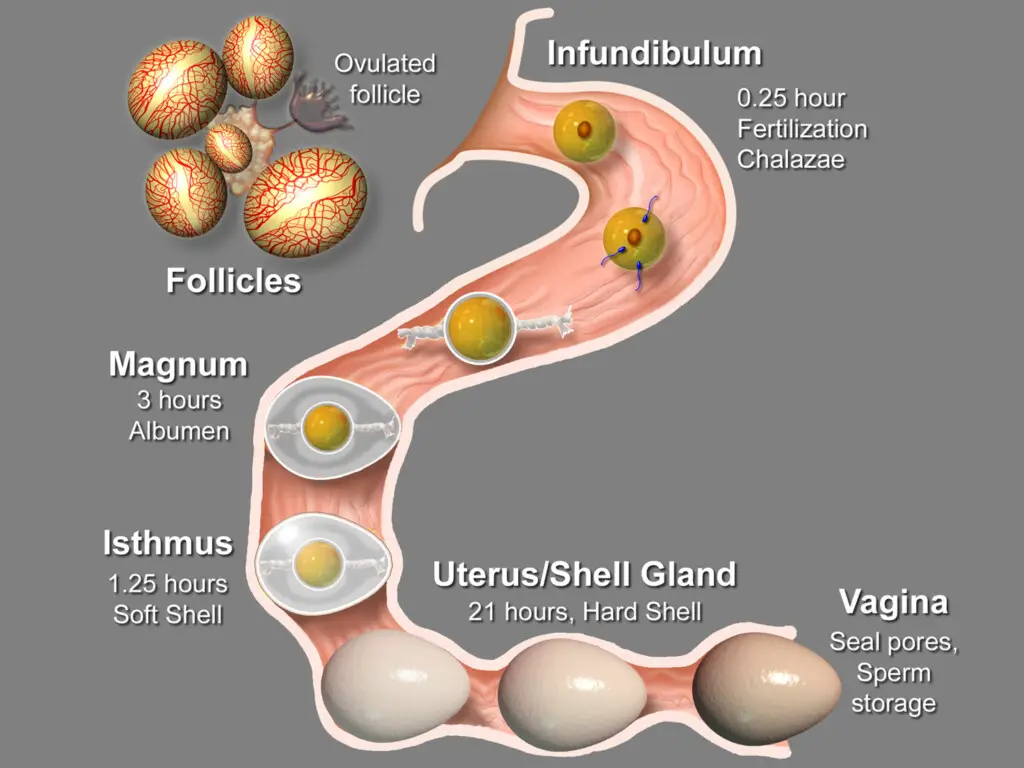
Discover how to identify a bird you see in this article here on the blog.
Let’s break this down and look at each stage…
Each egg a bird lays begins its life as an ovum attached to the left ovary of the bird. Birds have two ovaries but only the left ovary develops. This is thought to be a weight-saving adaption necessary for flight.
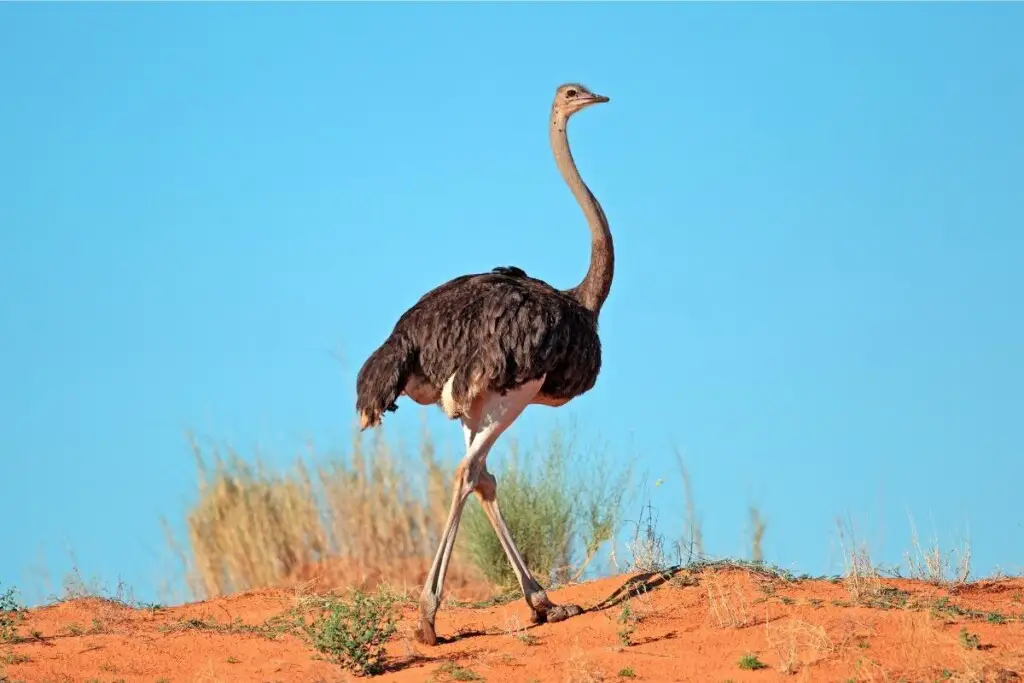
Which Bird Lays The Largest Eggs?
The Ostrich lays the largest eggs of any living bird. The current record-holding Ostrich egg weighed 2.589 kg (5.7 lbs)
When the bird ovulates, an ovum breaks free from the ovary and is “swallowed” by the infundibulum; a flattened, funnel-shaped opening at the top of the oviduct. This is where the ovum is fertilized by a single sperm; one of the millions or even billions that have found their way up the oviduct.
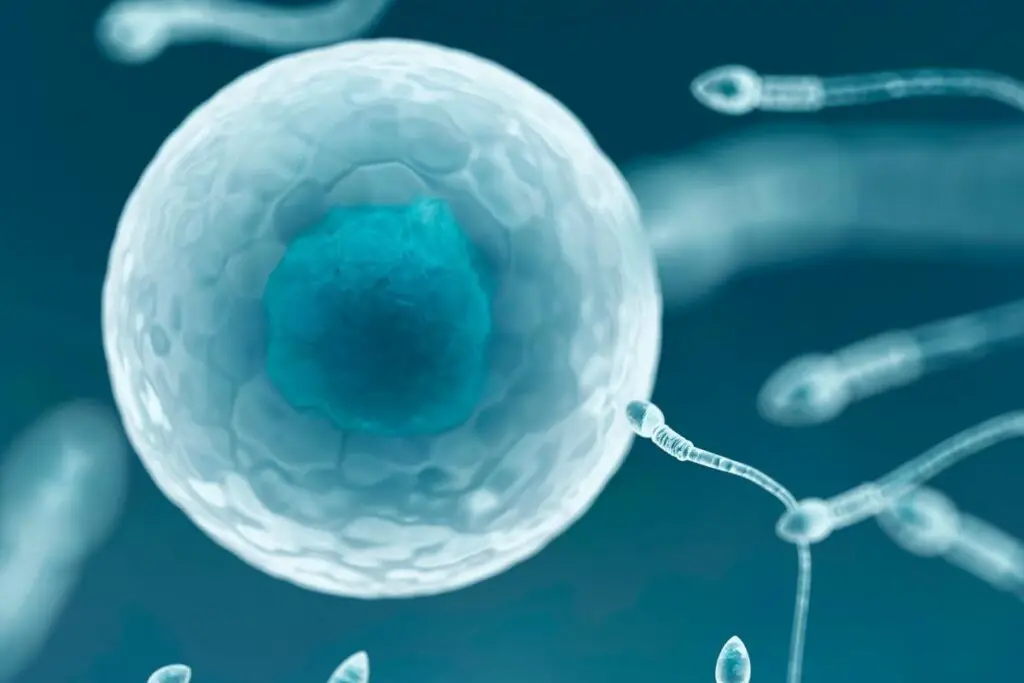
The ovum spends around 15 minutes in the infundibulum. This amount of time varies from species to species. From here, the ovum makes its way into a section called the magnum.
The magnum is a long, glandular section of the oviduct that secretes a substance called albumen. This is the protein-rich egg white that protects the ovum and eventually becomes the embryo’s water supply. The ovum will spend around 3 hours in the magnum.
A narrow section called the isthmus is the ovum’s next destination. Here the shell membranes form around it.
Which Bird Lays The Biggest Egg For Its Body Size?
The New Zealand Kiwi lays the biggest egg in relation to its body size. Their eggs can be up to 15% of their body weight. Kiwis are 50-65 cm in length, their eggs can be 11.5–13.7 × 7.0–8.3 cm; and the female can lay 2 eggs in a clutch!
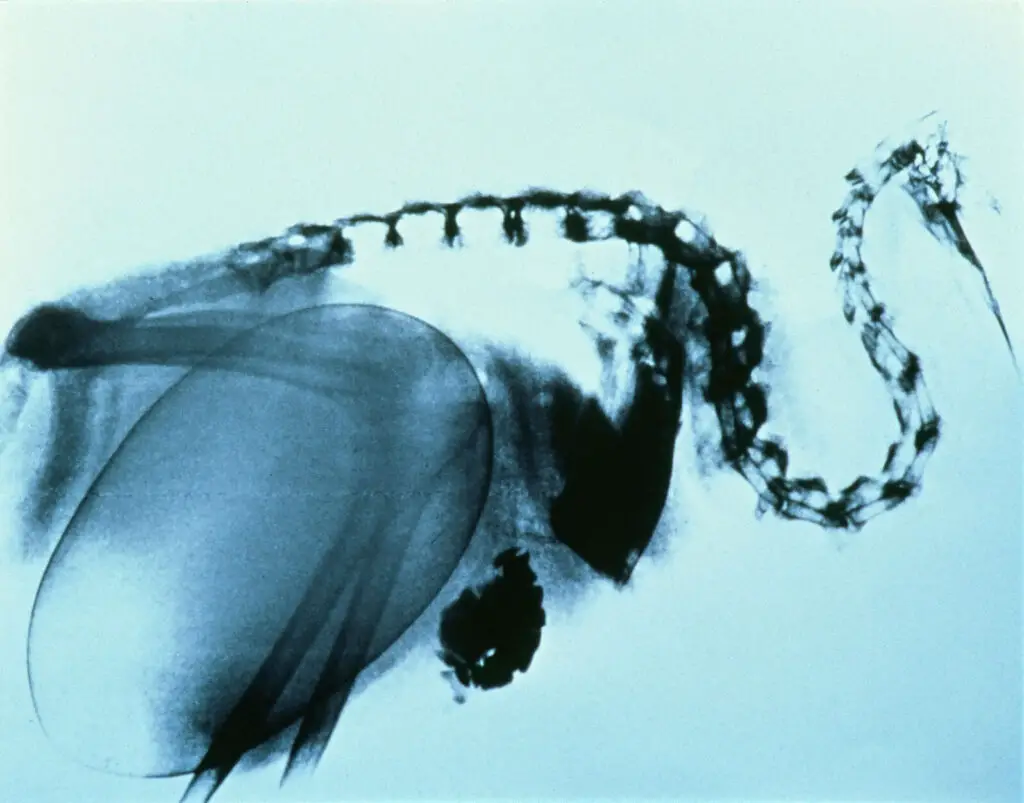
Next, the ovum moves into the uterus where the hard external shell is formed. The egg spends around 18-21 hours in the uterus while the mineral calcium shell forms. This time frame varies between species.
Discover 20 small American birds in this article here.
It is within the uterus that the egg also receives its color and markings. This occurs courtesy of glands within the uterine walls that secrete pigments. If the egg spins while this pigment is being applied, it will become streaked.
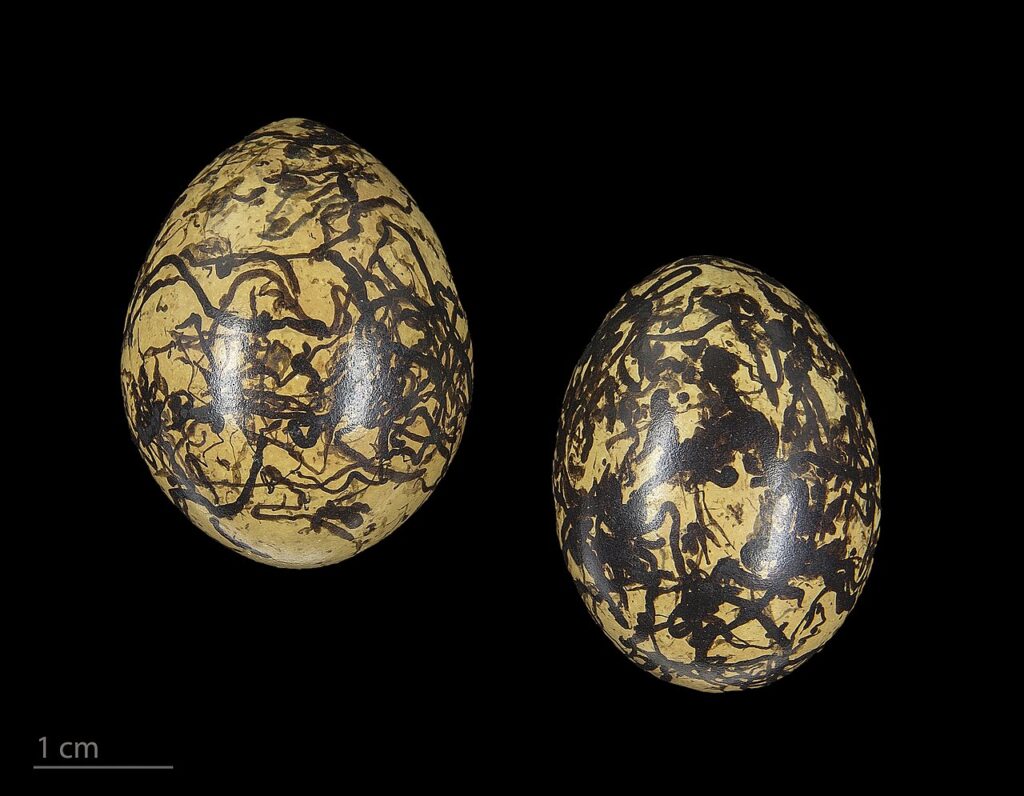
Most birds will rotate the egg 180° in the last section of the oviduct so that it passes into the cloaca blunt-end-first.
Incubating The Egg
Once the eggs leave a bird’s body, that’s when the miracle happens. The female (in 95% of cases) will sit on the eggs to incubate them. This provides the correct temperature inside the egg for the embryo to begin to develop.
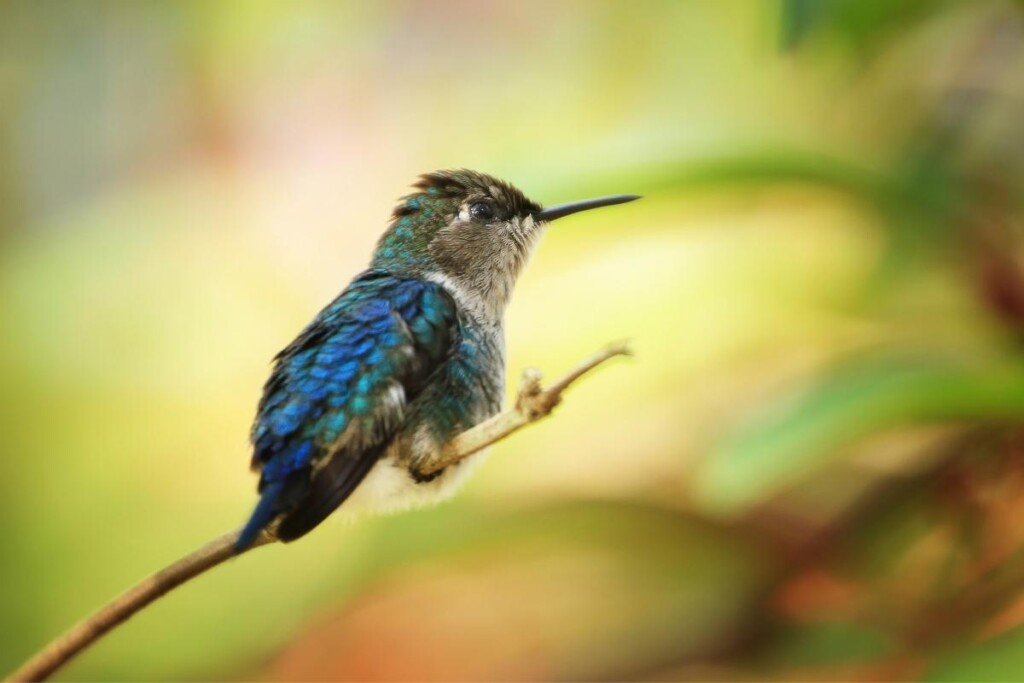
Which Bird Lays The Smallest Eggs?
The Bee Hummingbird from Cuba lays the smallest eggs in the world at around 10-13 mm in length.
The optimal temperature for embryo development varies between species but most embryos require temperatures between 37°C and 38°C (98.6°F – 100.4°F).
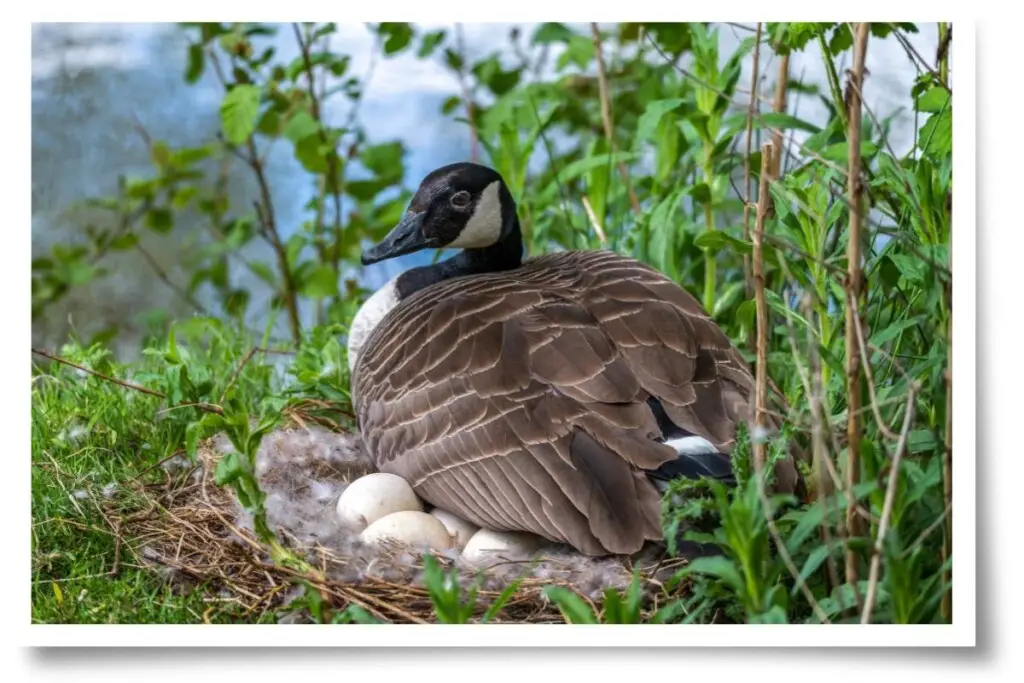
The incubation period lasts between around 11 days in some smaller finches to around 80 days in larger albatrosses. During that time, some amazing things happen inside the egg.
In chickens, the incubation period lasts around 20 days. Below are the stages the embryo goes through during that time:
| Day 1 | Embryonic tissue appears. |
| Day 2 | Tissue development is visible. Blood vessels appear. |
| Day 3 | Heart begins beating. |
| Day 4 | The eye is pigmented. |
| Day 5 | Elbows and knees appear. |
| Day 6 | The beak appears and voluntary movement starts. |
| Day 7 | Comb growth begins. Egg tooth begins to appear. |
| Day 8 | The feather tracts are seen. The Upper and lower beaks become equal in length. |
| Day 9 | The embryo starts to look bird-like and begins opening its mouth. |
| Day 10 | Egg tooth becomes prominent. Toenails are visible. |
| Day 11 | Tail feathers are apparent. |
| Day 12 | Toes are now fully formed. The feathers become visible. |
| Day 13 | Scales appear. The body is covered lightly in feathers. |
| Day 14 | The embryo turns its head towards the large end of the egg. |
| Day 15 | The gut is drawn into the abdominal cavity. |
| Day 16 | The feathers completely cover the body. The albumen is nearly gone. |
| Day 17 | Amniotic fluid decreases. The head is between the legs. |
| Day 18 | The embryo growth is nearly complete. The yolk sac remains outside the body. The head is under the right wing. |
| Day 19 | The yolk sac draws into the body cavity. Amniotic fluid is gone. The embryo occupies most of the space within the egg. |
| Day 20 | The yolk sac is drawn into the body completely. The embryo becomes a chick and begins breathing air with its lungs. Internal and external pipping (breaking through the eggshell) occurs. |
Which Extinct Bird Laid The Largest Eggs?
This title belongs to the Elephant Bird which roamed the wilds of Madagascar hundreds of years ago. 150 chicken eggs could fit inside of just one elephant bird egg!
The image shows an ostrich egg next to one of an elephant bird. Wikipedia Loves Art participant “The_Wookies”, CC BY 2.5 https://creativecommons.org/licenses/by/2.5, via Wikimedia Commons
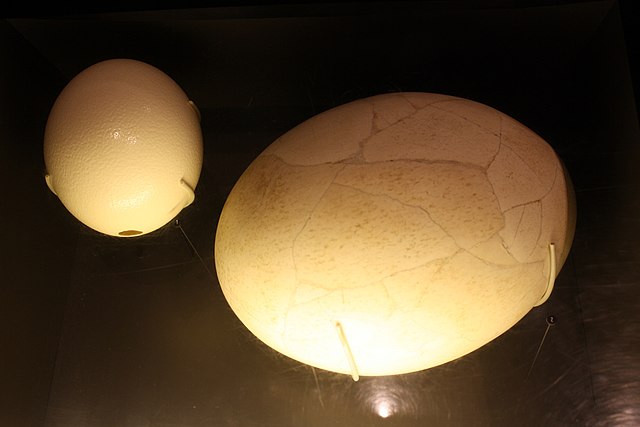
Do baby birds come back to the nest after fledging? Find out in this post here on my blog.
How Bird Eggs Get Their Color
Bird eggs come in a myriad of colors. However, bird eggs are made from calcium which is a white substance so why aren’t they all white? The reason for this is camouflage.
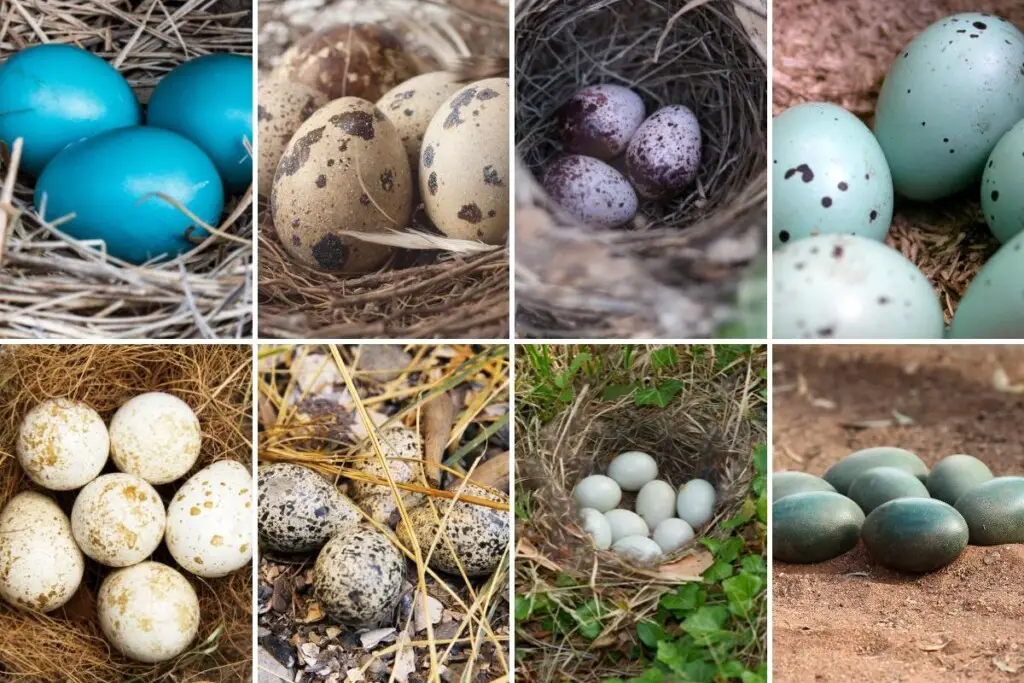
Birds’ eggs have developed over eons via natural selection to have coloration that blends them into the environment in which they are laid. For a species to continue and flourish, it helps if their eggs don’t stand out to predators.
But where does all this coloration come from?
The pigments that color the eggs within the female’s uterus come from blood and bile. Blue and green colorings come from a pigment called biliverdin (the same pigment that causes bruises in humans) that comes from bile.
Brown and red coloring in eggs come from a pigment called protoporphyrin that comes from blood.
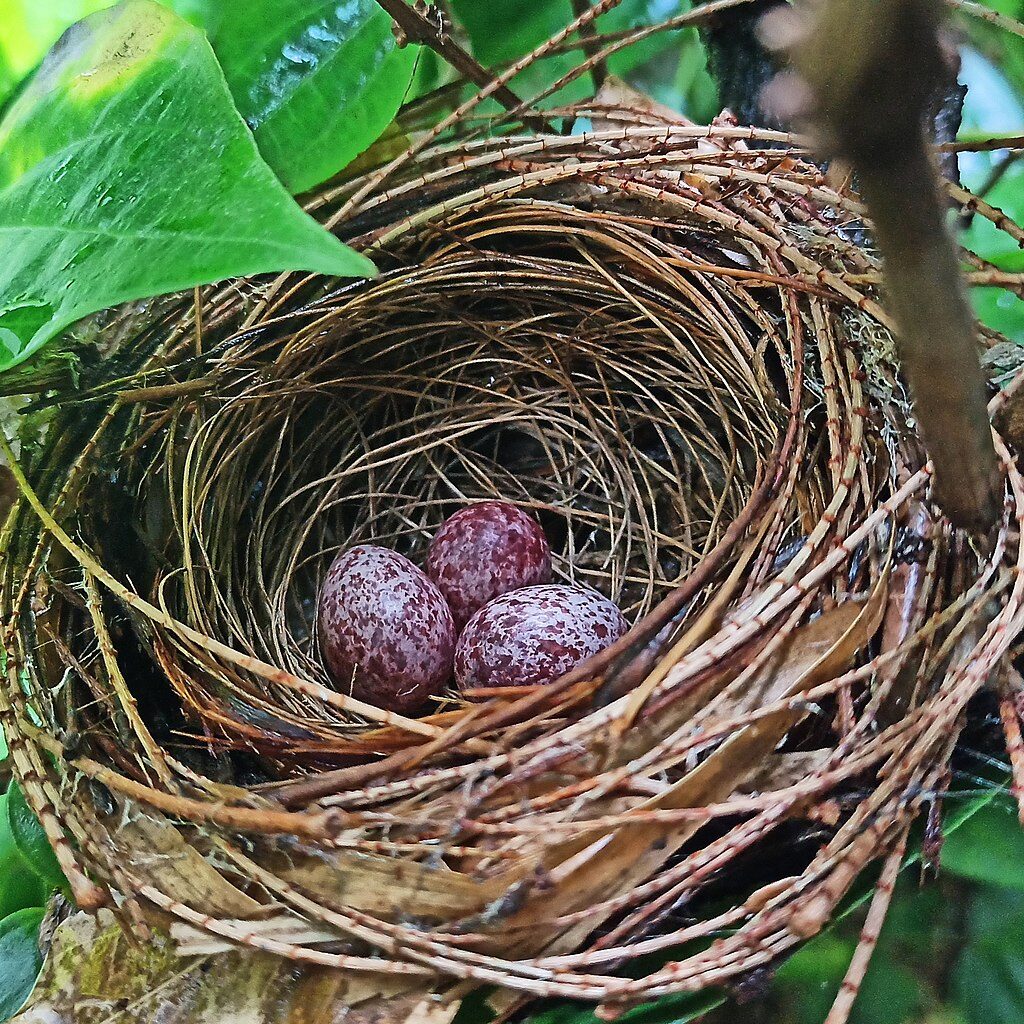
The color in eggshells is also thought to provide sun protection, protecting the developing bird from UV rays. In addition, it also provides strength to the eggs. Birds that are calcium deficient tend to lay thinner eggs that are more prone to breaking.
Scientists have discovered that birds that have multiple clutches in a season will have more brightly colored eggs in the second brood when the female’s calcium levels are depleted.
References
- Birds Of The World – The Cornell Lab of Ornithology
- Handbook of Bird Biology – The Cornell Lab of Ornithology
- The Life Of Birds – Joel Carl Welty
- The Colour Of Birds Eggs – Museums Victoria
